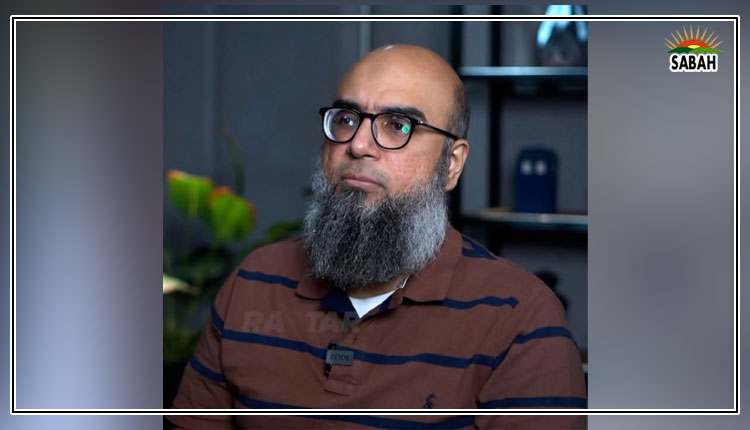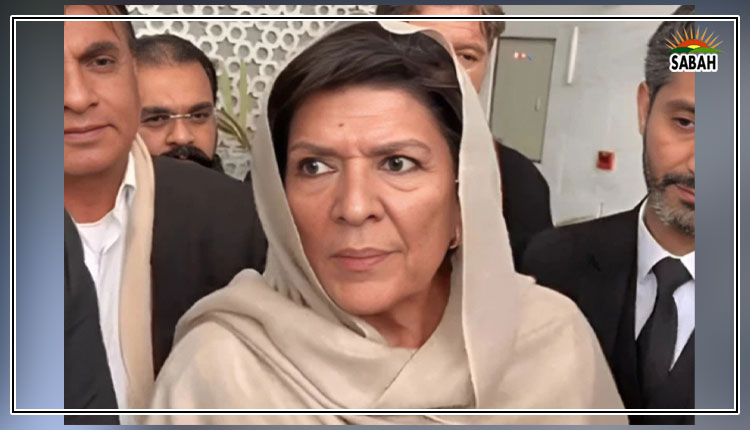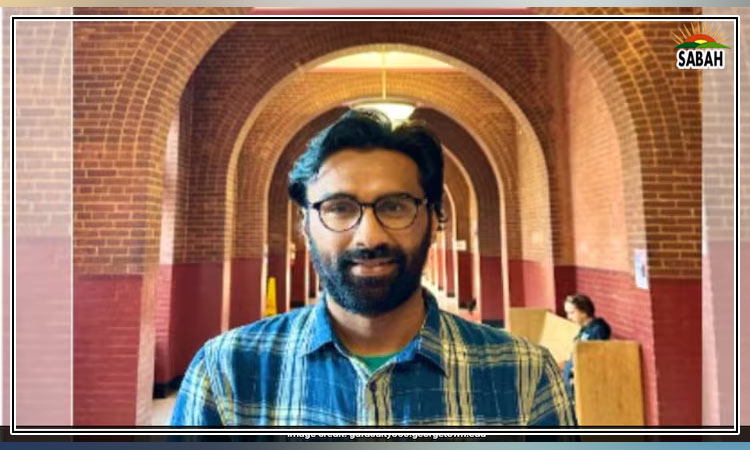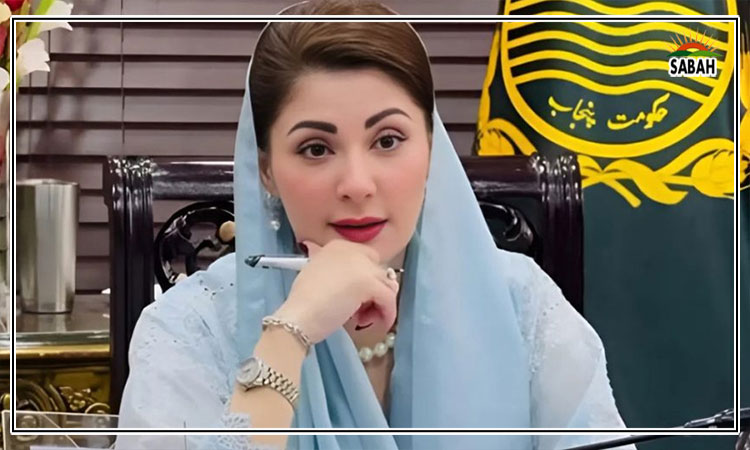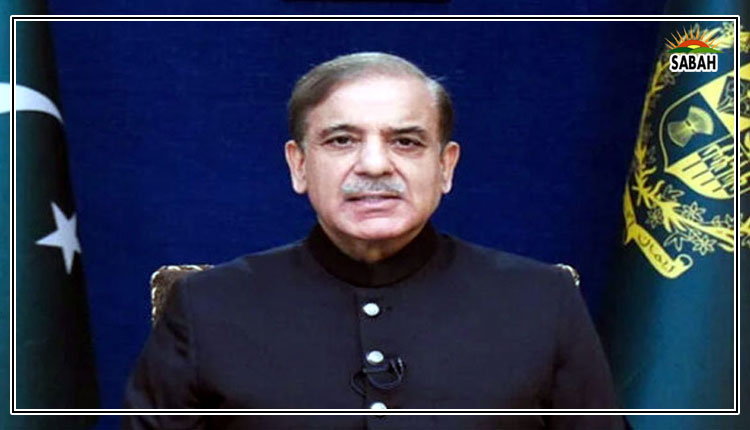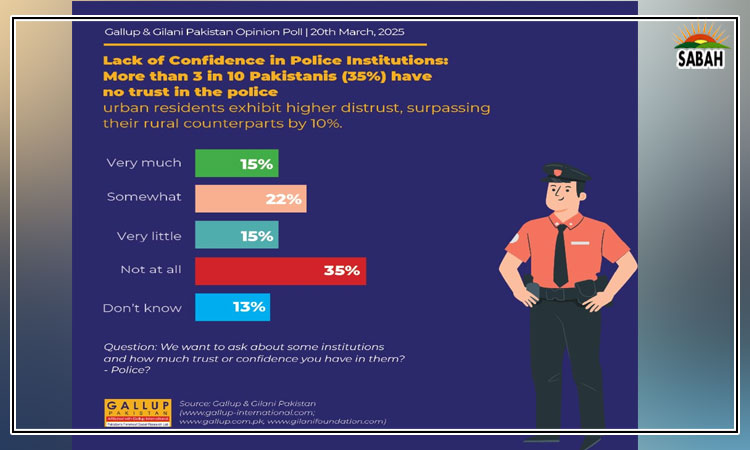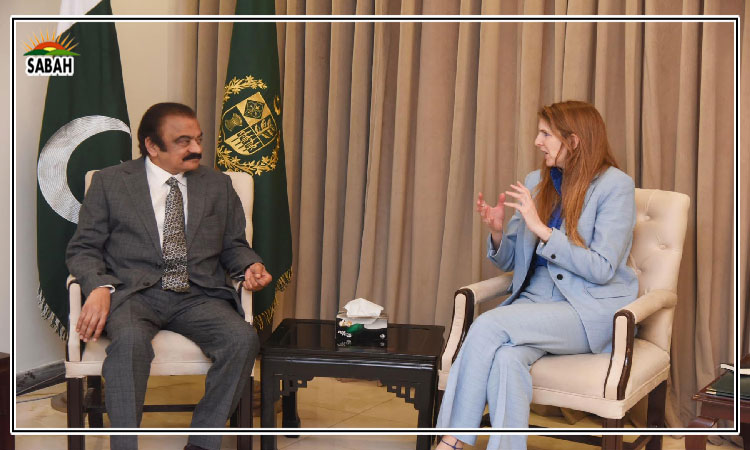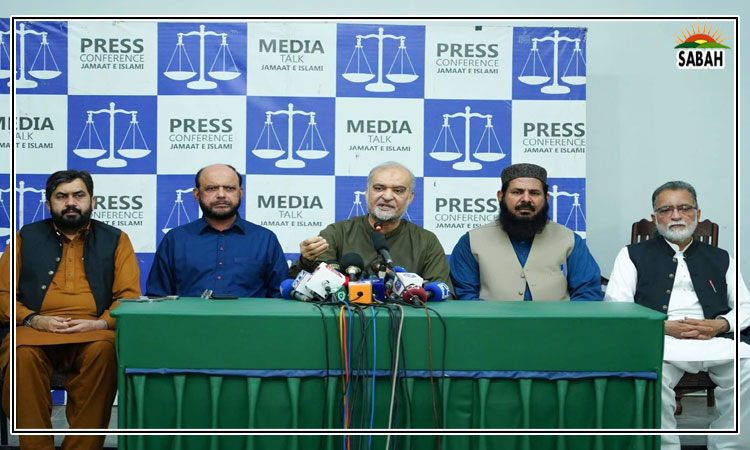Symbol judgment: what went wrong? ….. Syed Ali Zafar
The Supreme Court has pronounced its judgment taking away the PTI’s election symbol. Judges are human and can make mistakes, this decision being an example. Certainly, the millions who witnessed the questions, observations and arguments via live broadcast of the case think so, and have also given their verdict, spontaneously strongly condemning it.
This reaction has once again assured me that Pakistan has nothing to fear and can face all crises successfully as we are a nation where people and intellectuals dare to say what is right.
The judgment faced severe backlash also from Pakistan’s intellectuals with remarks such as this judgment has “destroyed elections”, “killed democracy”, “vanquished the legal system and political order”, “de-franchised crores of voters”, “opened flood gates for horse-trading”, judgment is “ridiculous”, “defeat for democratic norms”, “violation of fundamental rights”, “subversion of constitution” and “huge blow to basic rights”. Others remarked that the “Supreme Court lost credibility in the shortest possible time”
In Pakistan’s judicial history, some decisions and their authors have drawn condemnation. Reference is often made to Dosso and Maulvi Tamizuddin cases, in which the “doctrine of necessity” was declared valid, Nusrat Bhutto and Zafar Ali Shah’s cases, in which Ziaul Haq and Musharraf’s martial laws were accepted, and Bhutto’s hanging case known as a ‘judicial murder’. The symbol judgment, immediately after its announcement, too has joined the same category of vilified decisions, which is most unfortunate.
The background is that the PTI conducted its intraparty elections in 2022 but the Election Commission of Pakistan (ECP) rejected them and directed the PTI to hold another election within 20 days. No one can doubt that the PTI’s intraparty election factually took place as it was widely reported in print/electronic media which followed every step, from the day of announcement, and filing of nomination papers till the results. It was a topic of talk shows. Anybody living in Pakistan cannot deny it.
Section 209 of the Election Act, 2017 provides that after intraparty elections are held, the party head is to submit a Form 65 to the ECP. Once this Form 65 is given then, under Section 215, the ECP has to give a symbol to the party, but if Form 65 is not given, then the ECP may refuse. The Election Act does not give any power or jurisdiction to the ECP to adjudicate any dispute relating to a party’s intraparty election or refuse to give a symbol if there is any irregularity in the intraparty election.
Ignoring the law, the ECP refused the PTI’s symbol, citing issues with the PTI’s chief election commissioner’s appointment. This was clearly a politically motivated decision. However, two points are very important. First, the ECP accepted that the PTI’s intraparty election was held as a matter of fact. And, second, that there was no irregularity in the manner and procedure of the intraparty election. The only thing the ECP objected to was that the PTI’s chief election commissioner was not properly appointed.
The Peshawar High Court (PHC) overturned the ECP’s decision, emphasizing that political parties’ right to participate in elections under a common symbol is a fundamental right under Article 17(2) of the constitution and cannot be taken away. Additionally, the PHC held that the ECP lacks the power to decide intraparty election disputes, emphasizing that this could only be done by a court of law after a proper trial. I salute the courage and credibility of the two judges of the PHC who gave hope to people and protected their rights.
Why is the SC judgment wrong? First, it completely ignores Article 17(2) and a political party’s right to contest elections under a common symbol. The SC extensively discussed the PTI’s constitution but the judgment neglected to even mention Pakistan’s constitution. The main point is that without a symbol a political party cannot function.
Under Article 17(2), and as per Benazir Bhutto’s case, decided by 11 of the best legal minds, it is a fundamental right not only of a political party but of the people of Pakistan to contest elections under a symbol that cannot be excluded in any circumstances. According to the Benazir Bhutto case, it is only through a symbol that people can exercise their right to vote, and taking away a party’s symbol amounts to depriving millions of Pakistanis of their right to vote. The symbol judgment merits rejection for it blatantly violates people’s constitutional rights.
Second, the judgment is also wrong because under the Election Act, the ECP has no power to decide an intraparty election dispute or take away a party’s symbol for an alleged irregularity in intraparty elections. Indeed, the judgment fails to identify any provision in the Election Act, making it legally questionable. In the SC proceedings, an earlier judgment of the ECP was presented in which the ECP had acknowledged that it has no jurisdiction to decide any intraparty election dispute. The ECP’s judgment too was ignored.
Third, the judgment is in violation of the fundamental right of fair trial (Article 10A). It is established law that an intraparty election dispute is a civil dispute between members, which can be decided only by a proper trial in a court of law, and since the ECP is not a court of law, it could not (and in fact did not) conduct a trial or decide this dispute. Article 10A provides that any civil dispute is to be decided by a court through a fair trial. In upholding the ECP’s order, the judgment violates Article 10A. The absence of reference to Article 17(2), the SC’s disregard of the ECP’s previous acknowledgment of its lack of jurisdiction, not pointing out any provision in the Election Act, and ignoring Article 10A, raise serious doubts about the judgment’s validity.
Fourth, the constitution’s Article 25 prohibits discrimination, yet the ECP’s decision in the PTI’s case contrasts with its leniency towards another political party: the ANP. Despite the ANP not holding its intraparty election, the ECP granted it the symbol and imposed only a fine. Moreover, out of 175 political parties, and throughout Pakistan’s history, the ECP has never examined intraparty elections on the grounds of any irregularity nor refused a symbol on that basis. The judgment fails to address this obvious discrimination.
Fifth, the SC wrongly asserted that only the Lahore High Court has jurisdiction, overlooking the PHC’s authority as the highest court in Khyber Pakhtunkhwa. Some say this judgment is an insult to the people of KP. If the Lahore High Court was deemed an appropriate venue, then the matter should have been referred to it, and the question being asked is why the SC decided the dispute itself.
Some say that the chief justice should not have decided the PTI’s symbol case as a reference had been filed against him during the PTI’s tenure. I will not delve into this as I always say that criticism should focus on a judgment’s constitutionality and adherence to the law, rather than its authors.
It is indeed perplexing that while Pakistan’s constitution mandates elections within 90 days, and there has been a violation of this, the SC condoned it, invoking the ‘doctrine of necessity’, for the ‘greater good’, and decided that elections be held on February 8. Even illegal caretaker governments are allowed to function under this de facto doctrine. However, a contrasting stance is taken in the alleged irregularities of the PTI’s intraparty election, where the judgment appears severe and disproportionate. Such inconsistency raises concerns about the public’s trust in the country’s legal system, echoing the sentiment that leaving political decisions to those who face no consequences for being wrong can be perilous.
The writer is a practising advocate of the Supreme Court, current senator, and former federal law minister and president of the Supreme Court Bar Association of Pakistan. He tweets as Twitter/X: @syedalizafar1, Email: ali@mandviwallaandzafar.com
Courtesy The News


